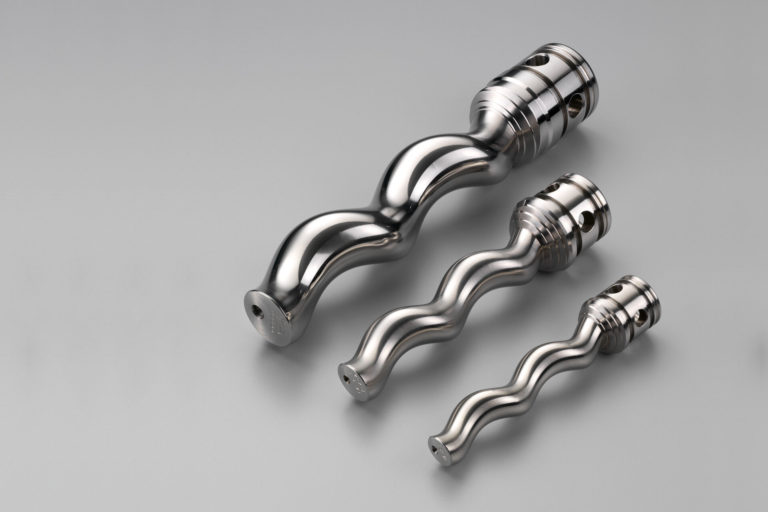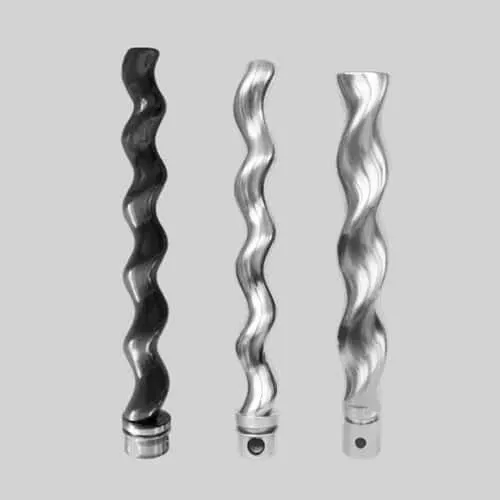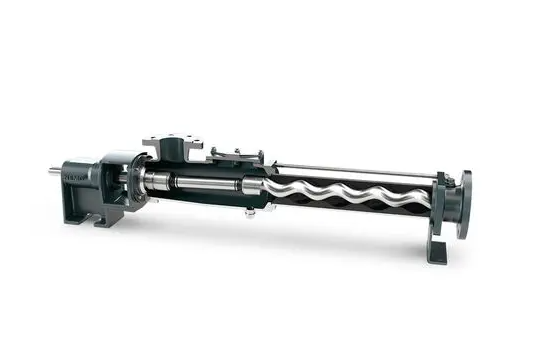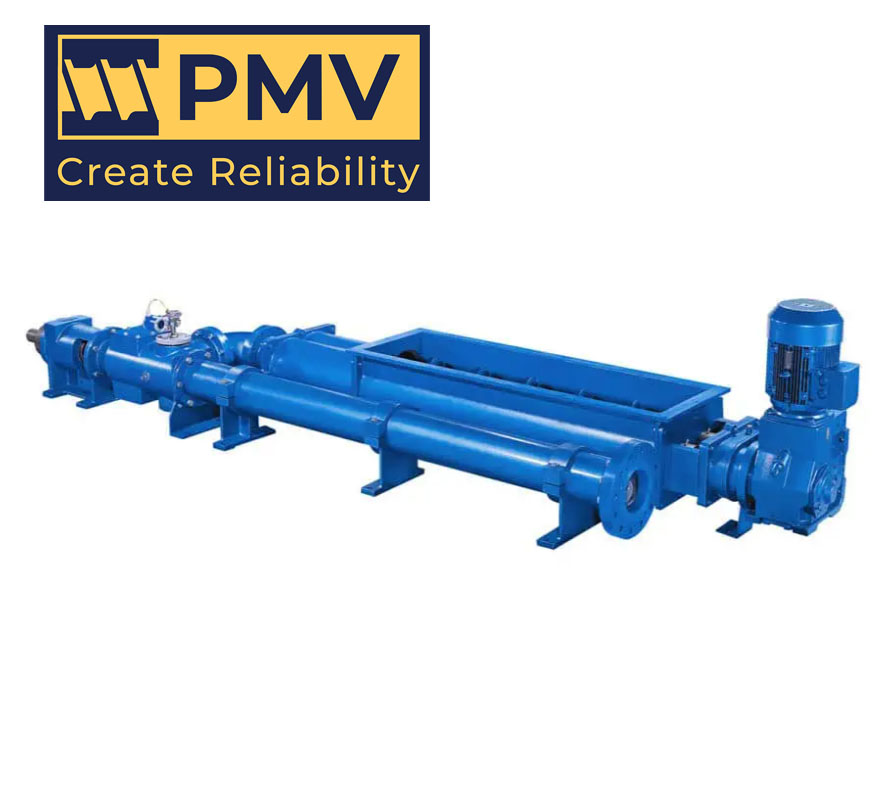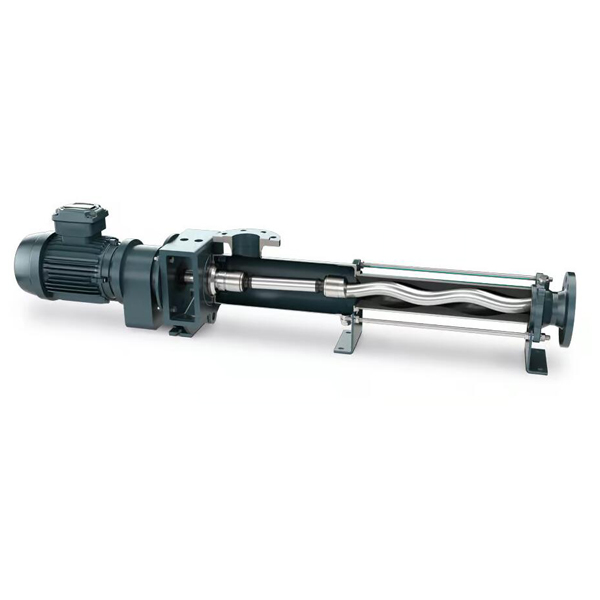stator rotor pump
Stator-rotor pumps are essential components in various pumping systems, particularly in progressive cavity pumps, rotary pumps, and certain types of centrifugal pumps. Their design and function are crucial for efficient fluid movement.
1. Components of Stator-Rotor Pumps
A. Stator
-
- Definition:
-
- The stator is the stationary part of the pump that forms a housing for the rotor and creates a channel through which the fluid is moved.
-
- Function:
-
- It provides a sealed environment that allows pressure to build and fluid to be transported effectively.
-
- Material:
-
- Commonly made of durable materials like rubber, plastic, or metal to withstand various operating conditions.
B. Rotor
-
- Definition:
-
- The rotor is the rotating component of the pump that moves fluids by creating a pressure differential.
-
- Function:
-
- As the rotor spins within the stator, it generates a flow of fluid through the pump, effectively moving it from the inlet to the outlet.
-
- Design:
-
- Typically has a helical or spiral shape to facilitate smooth fluid movement.

2. Working Principle
-
- The rotor turns within the stator, creating cavities between the two components.
-
- These cavities trap the fluid and move it through the pump as the rotor rotates.
-
- The design allows for a continuous flow with minimal turbulence, making it ideal for handling viscous and shear-sensitive fluids.
3. Applications of Stator-Rotor Pumps
-
- Food and Beverage Industry:
-
- Used for transferring sauces, dairy products, and other viscous materials.
-
- Pharmaceuticals:
-
- Ideal for handling sensitive active ingredients and formulations.
-
- Wastewater Treatment:
-
- Effective in pumping sludge and other challenging fluids.
-
- Chemical Processing:
-
- Suitable for pumping corrosive and viscous chemicals.

4. Advantages of Stator-Rotor Pumps
-
- Efficiency:
-
- Provides high efficiency in fluid transfer, reducing energy consumption.
-
- Low Shear:
-
- The gentle pumping action preserves the integrity of sensitive materials.
-
- Versatility:
-
- Capable of handling a wide range of fluids, including those with varying viscosities and solids.
-
- Durability:
-
- Designed to withstand harsh conditions, offering long operational life.

5. Maintenance Tips
-
- Regular Inspection:
-
- Check for wear on the rotor and stator to ensure optimal performance.
-
- Cleaning:
-
- Regular cleaning is essential to prevent buildup that could affect fluid flow.
-
- Lubrication:
-
- Ensure proper lubrication to minimize friction and wear on moving parts.

